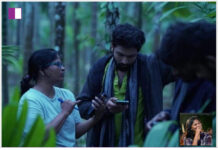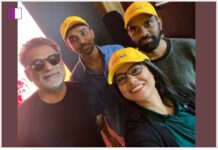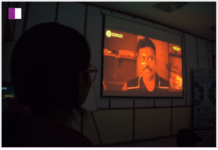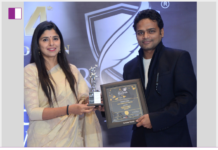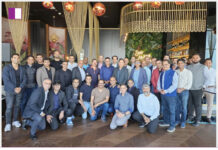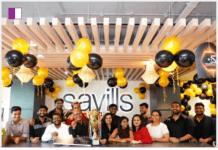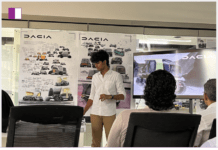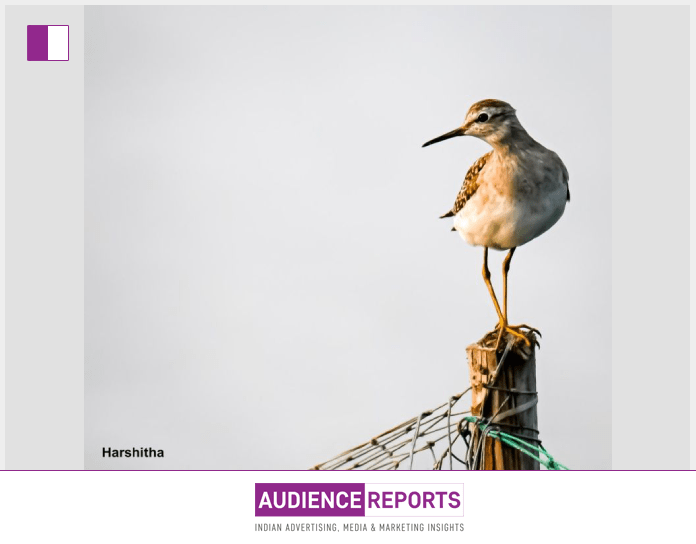Harshitha S Kumar, Founder Partner and CEO at Neopulse Energy Private Limited, isn’t just leading a company she’s building a mindset. In her recent thought-provoking LinkedIn post, she draws a powerful parallel between the migratory journey of sandpipers and the challenging yet exhilarating path of a startup founder. It’s an unusual comparison, yet deeply insightful. And in that simple, elegant metaphor lies a masterclass in strategic thinking, resilience, and adaptive leadership that every entrepreneur should pause to consider.
Harshitha S Kumar begins her reflection with the awe-inspiring story of sandpipers tiny birds that undertake an astonishing 10,000+ kilometer migration from Siberia to Tamil Nadu. This annual odyssey is not just a testament to natural instinct; it’s a blueprint of survival, strategy, and sheer will. The analogy isn’t romanticized; instead, Harshitha S Kumar extracts practical, actionable insights from nature’s patterns and directly maps them to the startup ecosystem.
She introduces us to the “Sandpiper Startup Playbook,” a five-part framework that mirrors the critical aspects of building and sustaining a startup. And like the birds themselves, these ideas are small in appearance but immense in impact.
The first lesson Hyperphagia, or strategic resource acquisition immediately sets the tone. Sandpipers gorge themselves before migration to store energy. Similarly, Harshitha S Kumar emphasizes that startups must front-load key resources early on: be it talent, capital, or market insights. Waiting until you need them is already too late. The takeaway is clear: preparation isn’t just helpful, it’s non-negotiable.
In the second point Fat Storage equals Runway Planning Harshitha S Kumar deepens the analogy. Just as birds convert energy into fat for the long haul, startups must treat their financial reserves not as a fallback, but as a strategic instrument. Burn rate, cash flow, and fiscal discipline aren’t just CFO concerns; they’re survival mechanisms. This lesson hits especially hard in volatile market conditions where adaptability and foresight are crucial.
But perhaps the most compelling insight comes in the third element: Organ Flexibility as Organizational Adaptability. Sandpipers temporarily shrink their non-essential organs mid-flight. It sounds brutal, but it’s survival-driven. Harshitha S Kumar likens this to the startup’s ability to trim non-core operations during crunch times and rebuild them during stable phases. It’s not about doing more with less it’s about doing the right things at the right time. For any founder caught in the whirlwind of scaling, this perspective offers clarity: focus is not the absence of ambition but the channeling of it.
Her fourth insight Strategic Stopovers as Pivot Points is especially relevant in today’s unpredictable business climate. Just like the sandpipers, startups must know when to pause, recalibrate, and gather strength. Harshitha S Kumar reminds us that stopping isn’t a weakness. In fact, strategic pauses can redefine trajectories. Whether it’s a product pivot, market reassessment, or a hiring freeze, these pauses allow startups to re-emerge stronger, not scattered.
Finally, the fifth and perhaps most heartening lesson is Formation Flying as Community Leverage. Sandpipers reduce wind resistance by flying in formation. Likewise, no founder succeeds in isolation. Harshitha S Kumar beautifully advocates for collaboration be it through mentorship, strategic partnerships, or industry alliances. The road is hard, but not solitary. Tapping into the strength of a community can make all the difference in both speed and stamina.
What makes Harshitha S Kumar’s reflections stand out is not just the elegance of the metaphor, but its grounded realism. There is no glossing over the hardships of entrepreneurship no grandiose promises or fairy tale endings. Instead, there is nature, logic, and clarity. There is an invitation to observe, learn, and apply. There is humility in admitting that even as leaders, we are still students of the systems around us.
It is clear from her writing that Harshitha S Kumar is more than a CEO; she is a systems thinker. She sees patterns in chaos, frameworks in flight, and resilience in the rhythm of life. Her ability to draw such deep, strategic insights from something as natural and seemingly unrelated as bird migration speaks volumes about her leadership philosophy. It’s rooted in observation, patience, and the long game.
For founders navigating the early storms of their journey, this post is not just inspiring it’s instructive. And for those who may feel small in the grand scheme of the startup ecosystem, Harshitha S Kumar offers a profound truth: small doesn’t mean weak. With the right strategy, timing, and adaptability, even the smallest of players can go the distance.
In an age where noise often drowns wisdom, Harshitha S Kumar offers something rare clarity. She doesn’t tell founders what to do; she shows them how to think. And perhaps that is the most empowering lesson of all. As the sandpipers fly over oceans and continents on nothing but faith and preparation, so too can startups find their way not by chasing scale, but by embodying resilience.
May more founders look up not just to the sky, but to the flight of those who came before and beside them and find their own formation. And may the reflections of leaders like Harshitha S Kumar continue to remind us that insight, when paired with intention, becomes a roadmap for transformation.

